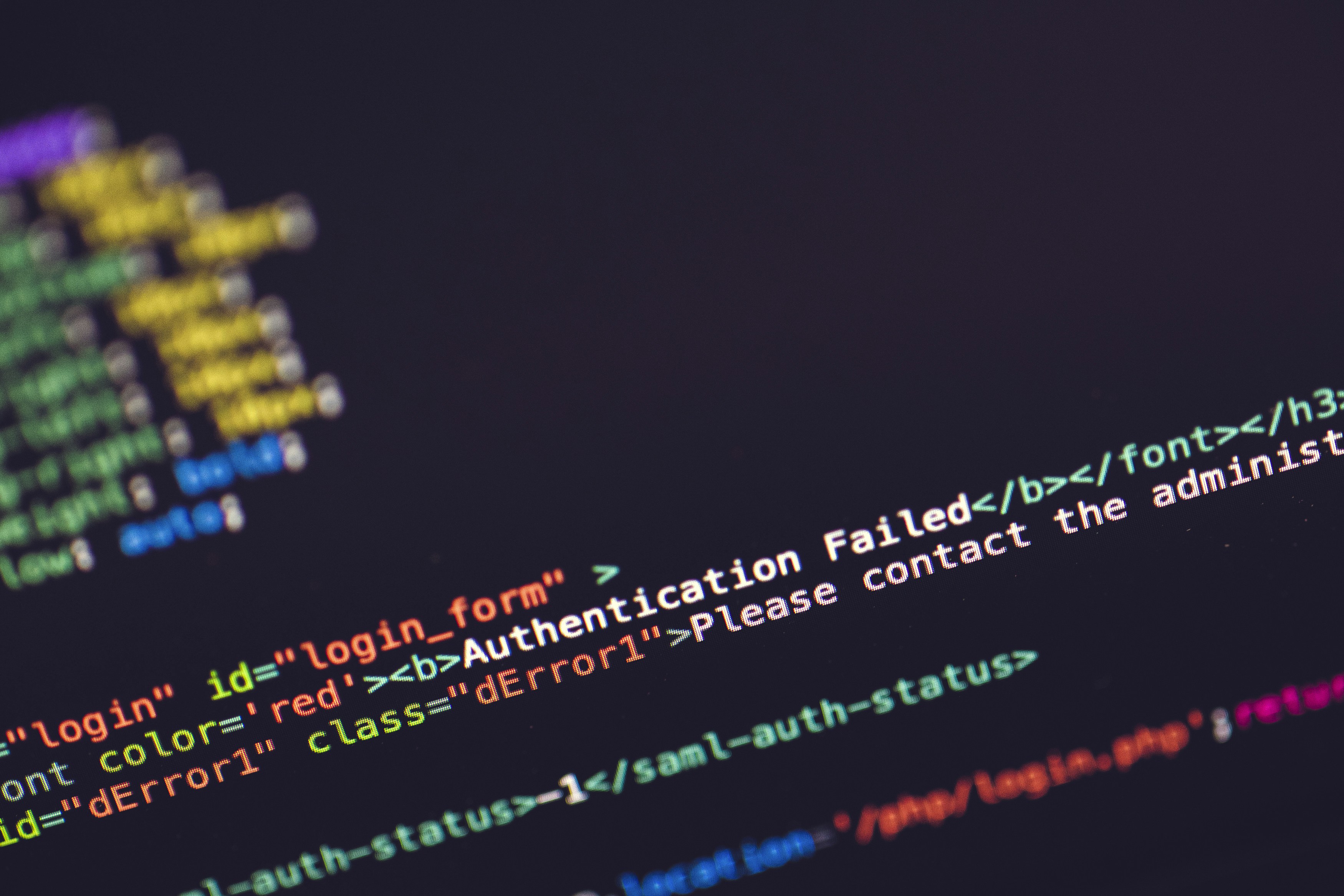In the ever-evolving world of e-commerce, Shopify has become one of the most popular platforms for online businesses. As companies work to differentiate themselves with design, functionality, and user experience, the need for good Shopify frontend developers grows. If you’re interested in becoming a Shopify developer or employing one, it’s important to be familiar with the key frontend skills: HTML, CSS, and JavaScript.
In this blog, we’ll explore why these three foundational languages are the backbone of successful Shopify store design and development, and how mastering them can make or break your career (or your store) on Shopify.
Why Frontend Development Matters in Shopify
A Shopify store is not a product catalogue—it’s an experience. From how a page loads to how a product gallery works, the frontend determines the way customers see and engage with your brand.
- A good Shopify frontend developer guarantees:
- Smooth navigation between devices
- Branded, custom-styled themes
- Fast-loading pages and optimized performance
- High conversions due to considerate UI/UX design
This is where fundamental frontend technologies—HTML, CSS, and JavaScript—shine.
HTML: The Backbone of Every Shopify Page
HTML (HyperText Markup Language) is the web’s structural language. In Shopify frontend development, HTML is utilized to build every part of a storefront—product pages, collections, navigation menus, footers, and so on.
Important HTML responsibilities for Shopify developers:
- Creating custom sections and blocks with Shopify theme architecture
- Implementing metafields for custom content structure
- Building semantic HTML for improved SEO and accessibility
- Working inside Shopify’s Liquid templating engine to add dynamic content
An experienced Shopify store developer understands how to work inside Shopify’s Liquid + HTML framework to create flexible, reusable content structures that merchants can easily customise.
CSS: Putting the Brand on Steroids
CSS (Cascading Style Sheets) governs the presentation of your HTML. To put it another way, CSS makes your store beautiful.
In Shopify store design and development, a strong grasp of CSS is essential to achieve custom branding, responsive web design, and user-friendly interfaces.
Shopify frontend developers utilize CSS for the following:
- Customizing spacing, colours, and typography
- Making themes responsive and mobile-friendly
- Customizing Shopify checkout pages (where feasible)
- Annotating buttons, sliders, and interactive elements
Current Shopify frontend development skills also involve employing preprocessors such as SCSS or incorporating CSS utility frameworks such as Tailwind CSS for more maintainable and clean code.
JavaScript: Enabling Interactivity
JavaScript brings life to your store and makes it interactive. It manages features such as product carousels, popups, AJAX cart updates, and animations driven by users. Without JavaScript, Shopify would be static and not modern.
JavaScript basics for Shopify developers:
- Adding dynamic elements such as sticky headers, modals, or accordions
- Improving product filters without page reloads
- Processing Shopify AJAX API for cart and product changes
- Integrating with third-party apps and APIs
An elite Shopify frontend developer for rent will understand how to strike a balance between using vanilla JavaScript, jQuery (still prevalent in most Shopify themes), or newer frameworks such as Alpine.js to ensure the storefront remains speedy and responsive.
How These Skills Interact in Shopify
Shopify’s distinctive environment blends these three frontend stacks with its templating language, Liquid. A Shopify frontend developer must know how HTML, CSS, and JavaScript interact with Liquid to:
- Render dynamic product and collection data..
- Customize theme settings for merchant control.
- Build modular, performance-optimised sections.
An experienced Shopify store developer doesn’t write code—they build for scalability, maintainability, and performance.
The Rise of Shopify Hydrogen and Modern Frontend Trends
With Shopify’s release of Hydrogen, a React-based frontend framework, there is a definite move toward more sophisticated frontend development.
HTML, CSS, and JavaScript are still the building blocks, but Shopify frontend developers are increasingly being asked to:
- Know React for headless commerce builds
- Utilise GraphQL to retrieve dynamic store content.
- Optimise performance with new frontend tooling (Webpack, Vite)
These new technologies don’t supplant HTML, CSS, and JavaScript—they augment them. That’s why proficiency in the fundamentals is still key.
How to Identify an Excellent Shopify Frontend Developer
If you are a business owner hiring a Shopify frontend developer, the following are the skills to search for:
Solid portfolio of custom Shopify themes
HTML, CSS, JS, and Liquid proficiency
Familiarity with responsive/mobile-first design
Knowledge of performance optimization guidelines
Shopify 2.0, custom sections, and metafields expertise
Third-party apps and custom feature integration capabilities
The top developers don’t merely code—they fix problems, enhance user experience, and grow your store.
Advice for Future Shopify Frontend Developers
If you’re a future Shopify frontend developer, here’s how you can develop:
- Create sample stores and duplicate trending themes
- Study Shopify Liquid and theme structure
- Master responsive and accessible design
- Familiarise yourself with Shopify’s developer documentation
- Keep up with Shopify launches and frontend trends.
Investing in your skills today will yield hundreds of freelance and full-time jobs, particularly with more companies going online.
Final Thoughts
Learning HTML, CSS, and JavaScript is not optional for any serious individual hoping to become a proficient Shopify frontend developer. These three fundamental technologies provide the foundation for compelling, high-converting Shopify storefronts.
Whether you’re hiring a Shopify store developer or stepping into the role yourself, investing in these Shopify frontend development skills is the key to unlocking success in the Shopify ecosystem. At Walstar Media, we combine clean code with creative vision to build Shopify stores that don’t just look great, but perform even better. If you’re searching for a reliable Shopify store developer who understands the intersection of technology and eCommerce, your journey starts here.
Let’s build your next Shopify success story—together.


